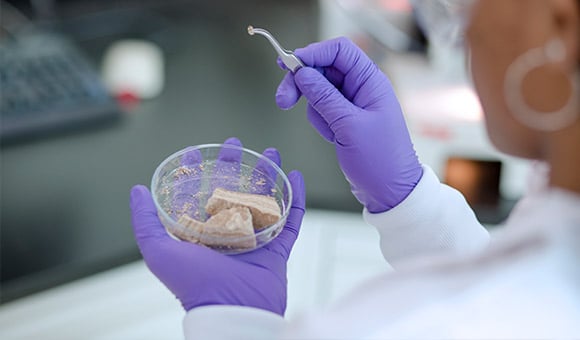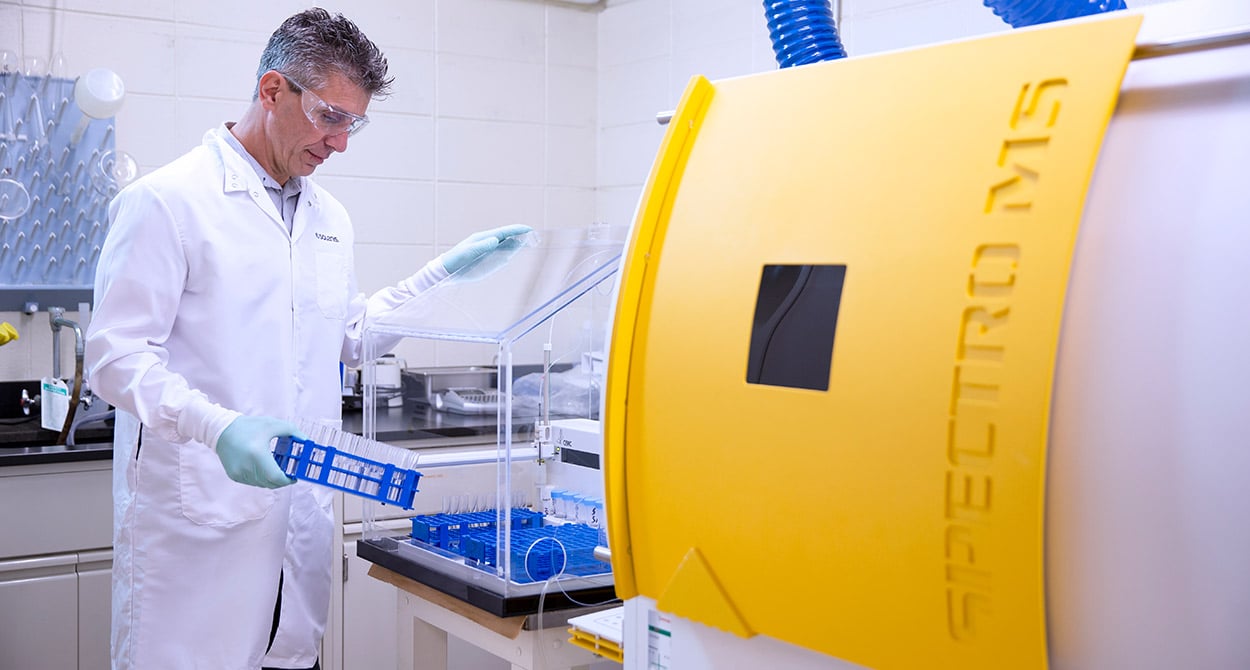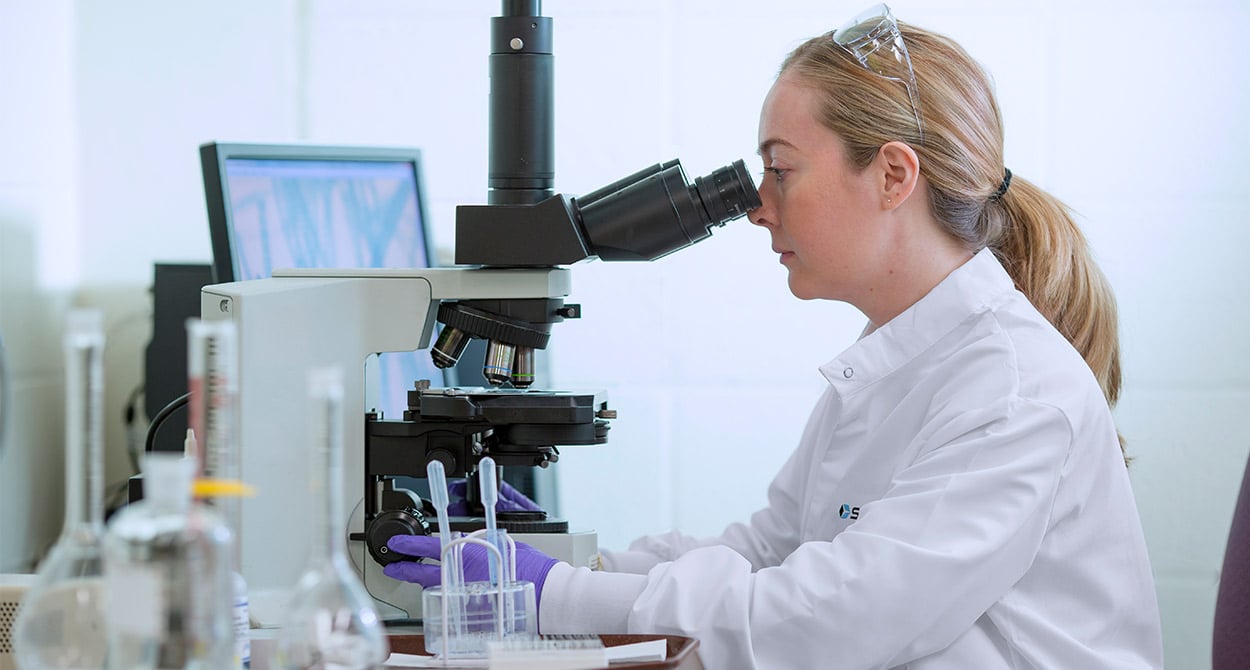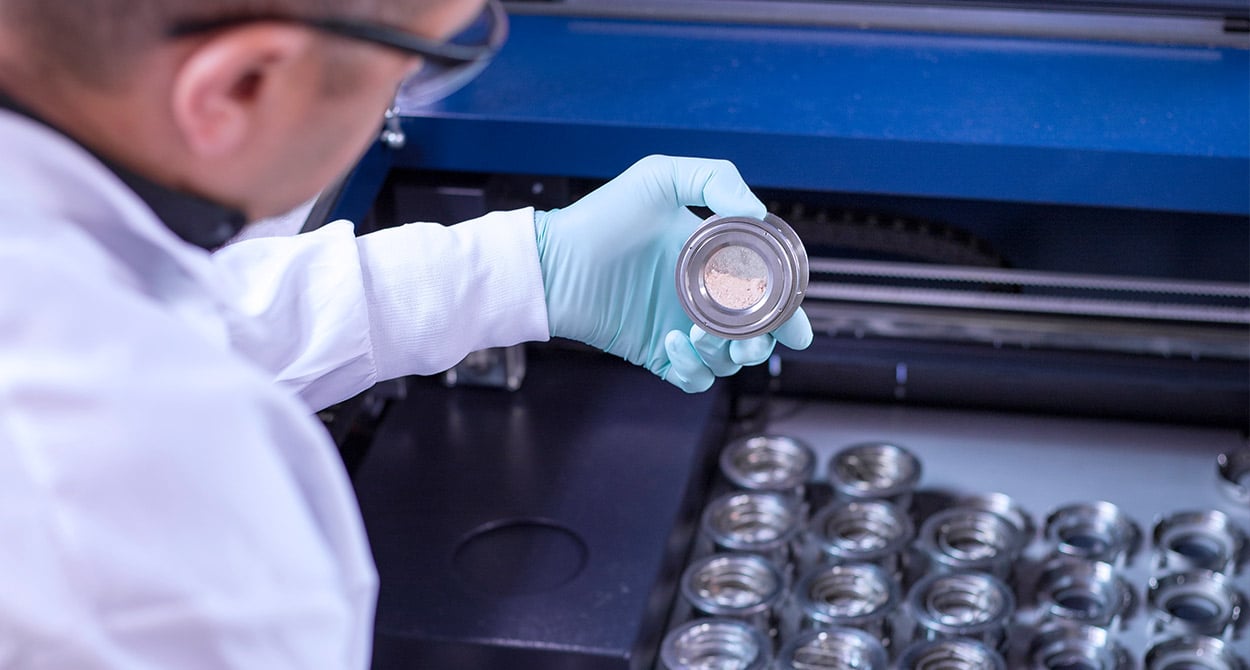
The Customer Analytical Services (CAS) group, which is a key element of our Customer Applications Laboratories, works closely with our sales, applications and research teams to understand our customers’ industrial water systems and to assist in the development of treatment technologies that address current and future customer needs. This experienced group of scientists and technicians possesses extensive knowledge of water chemistry and water processes applies this knowledge to provide customers with comprehensive analyses of their water, organic, inorganic, microbiological and metallurgical samples leveraging advanced analytical instrumentation and techniques.
With laboratories strategically located around the world, the CAS group can help customers, wherever they may be based, meet their operational and sustainability goals.
Water Testing Techniques
A thorough knowledge of water chemistry allows for the anticipation and prevention of potential scaling, deposition, corrosion and other problems. Our scientists use several techniques to understand these phenomena, including:
- Inductively Coupled Plasma-Optical Emission Spectrometry (ICP-OES) for metals analyses
- Ion Chromatography (IC) for anion, organic acid analyses
- Phosphate detection by Flow Injection Analysis (FIA)
- Automated titrators to measure conductivity, alkalinity and pH
- Hach testing to estimate chemical oxygen demand (COD), ammonia, sulfides and reactive silica
- UV-Vis Spectroscopy for soluble lignins
- Gas chromatography for amines and volatile fatty acids (VFAs)
- Wet chemical titrations for carboxyls
Organic Analysis
Organic analysis is another important aspect of water analysis for the purpose of monitoring chemical treatment levels and contaminations. Key analytical capabilities include:
- Evaluation of metal passivators, such as amines, and corrosion inhibitors, such as azoles, using Gas Chromatography-Flame Ionization Detector (GC–FID) and High-Performance Liquid Chromatography (HPLC) techniques
- Detection of residual biocides with HPLC
- Detection of glycols with Fourier Transform Infrared (FTIR) Spectroscopy
- Detection of oil content
- Measurement of total organic carbon (TOC) and total nitrogen with elemental analyzers
- Assessment of adsorbable organic halides (AOX) contaminants
Microbiological Analysis
Our CAS group performs problem-solving analysis to identify sources of microbial contamination in industrial water systems. Analysis methods include:
- Standard aerobic and anaerobic bacteri/fungi counts on deposits, products and water samples
- Identification of various corrosion-related bacteria, including sulfate-reducing, iron-related nitrifying bacteria
- Legionella analysis with Polymerase Chain Reaction (PCR) through third party testing
- Biocide efficacy testing on industrial water samples
- Microscopic examination of deposits using a variety of staining techniques to identify bacteria, fungus, algae and higher biological life forms
- Coliform and E. Coli testing
- Bacterial spore counts
Metallurgy Analysis
Our experts conduct failure analyses and general assessments of various metal components found in steam generating systems, heat exchangers and cooling water systems. Some techniques used to analyze corrosion failure mechanisms include:
- Corrosion coupon analysis
- Deposit weight density measurements
- Photographic documentation
- Dimensional analysis
- Positive material identification
- Microstructural evaluation
- Metal hardness testing
- Electrochemical analysis methods
Deposit Analysis
Our scientists use advanced organic, inorganic and microbiological analysis techniques to identify components of complex process and functional problems. Some techniques used include:
- Organic characterization with FTIR and pyrolysis GC/MS
- Detection of inorganic components with Scanning Electron Microscopy Energy Dispersive X-ray Spectroscopy (SEM-EDS), X-Ray Fluorescence (XRF), and ICP-OES
- Identification of biological material with microscopic techniques
- Loss on ignition test by standard ashing or thermal gravimetric analyzer
- Oil and grease analysis
Ion Exchange Resin Analysis
Water-intensive industrial operations have placed increased emphasis on ion exchange techniques as a means of reducing fuel, water and chemical treatment costs. Our CAS group provides a series of analyses of cation, anion and mixed bed resin samples to help our customers troubleshoot their systems, including:
- Total exchange capacity
- Moisture retention capacity
- Microscopic bead integrity examination
- Metal fouling analysis by ICP-OES



